My Flip Phone Brought Me Here
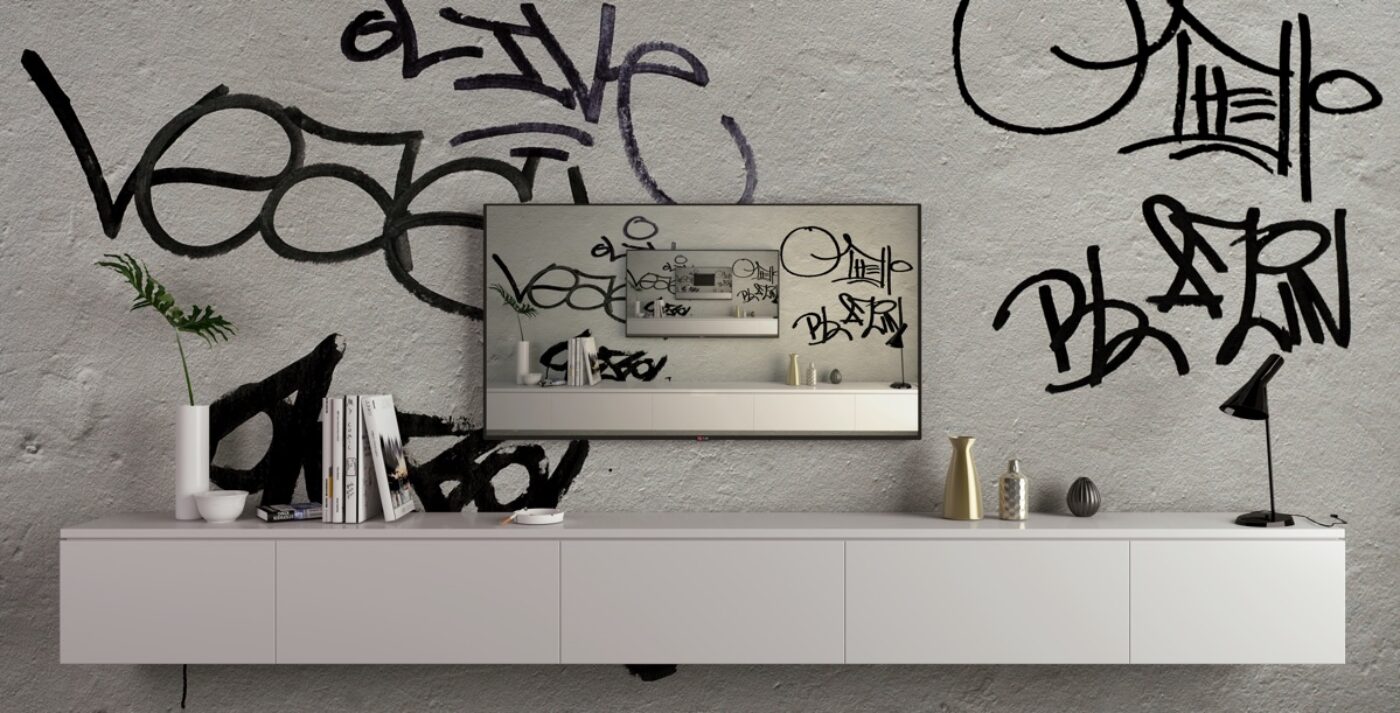
The Modern subject is usually defined by its epistemological capacity. Enlightened at heart, it is composed of a body and a mind evolving in an homogeneous space and time; it is mostly conscious, aware of the world to the extent of his/her knowledge. This model for subjectivity continues to produce the city both formally and as an abstraction. If this model has been under criticism since it emerged, today, the lived experience of space is being transformed more directly than before through the devices, software and networks that affect the sensing capacity of the subject. As it is possible to access quantities of information at a distance, through deserts and walls, it is also possible to be governed in the same manner. This aspect of the contemporary urban experience has notably exposed the inadequacy of the dialectical separation between spheres that have produced the modern subject and its habitat: the modern city. How to think the city when the domestic is public, the personal is political, and reproduction is production? How is the city transformed by the digital quantification of space which indexes both the living and nonliving and allows it to be managed in almost real-time? These are only partial formulations of the actual challenges brought by the heterogeneous dynamics at work today with the evolution of labor, technologies and subjectivity. A contemporary analysis of the city needs to account for the destabilization of the dichotomies that still constitute the subject at large, whether they are body or mind, human or nonhuman, and material or immaterial. In this regard, there is something actually fascinating in the fact that objects or cities are now wished with a particular personality trait, and be called smart.
The image of the smart city made of an endless assemblage of automated connected machines is impressive and daunting. Whether it one sees it as exploiting or liberating, it is problematic to reduce the smart city to a perfectly oiled system constantly monitoring and optimizing everything and every one’s behavior. Techno-utopian enthusiasm and the total hopelessness of usual critique are mirror images of each other. Both views bear many traits of that fin de siecle feeling that was generated by the industrial city: the anxious fascination for the machines that dehumanize, for the labor that individualizes and for the spectacle that depoliticizes. Yet, the industrial city hasn’t produced only evils, or eradicated the political altogether. The technological has a sublime and it is ambivalent: machines do not serve or enslave, they do both and neither simultaneously. This is an important premise for a conceptualization of the interplay between subjectivity, technology and the city that doesn’t essentialize burdensome humanisms.

In the project of the smart city, it is the smart home that raises the most concerns. The infiltration of sensing and connected machines within the domestic unit disturbs. Not even the home is safe ; there is no place to go, no room to hide as surveillance appears to be ubiquitous and commodification is subsuming the unconscious. Faced with these observations that imperil the precious separations of spheres, some architects turn to Ray Kurzweil (the inventor of the ‘singularity’) or opt for an exodus from technology, while others attempt to reincarnate the past home by building Faraday cages like they used to build atomic bunkers. It is not that the techs of the smart home are innocent but that it only seems difficult to analyze a condition based on the uncertain effects of objects and gadgets that are still at the stage of prototypes. It is more productive to analyze the infrastructure and the habits that are already in operation and have allowed the imagination of the smart thermostats and fridges that are threatening to invade our homes. Technology isn’t reducible to machines and techniques. It is an immersive presence that hardly leaves anything spare, especially in this so-called information age. From the street to the home, from the self to the world, the city as a whole has already been transformed by portable personal devices, the internet, and the oligopoly of online platforms.
The home points somewhere, to a place which doesn’t need to be described too precisely. It is diffuse, but it has a permanence which confers comfort and belonging. It brings psychic appeasement and physical protection. It is the space of personal intimacy and of the ‘family’, that inalienable and natural-ized datum of the community, the one that continues to condition all futurity. In spite of the generalized precarity that is hitting our cities and turning our houses into temporary places of occupation that are most often impersonal, dysfunctional and constantly subject to the landlord’s or the state’s invitation to leave, the home doesn’t show much wear. The home is a (idealized) feeling rather than a typology. Renting, short-term jobs and serial monogamy are destroying the house-home, yet the home can exist quite autonomously from its architectural concretization. Even the homey aesthetics – an image, an ambience, a feeling – is seemingly strengthened by the very processes that are destroying its typology. The abundant flux of images that are produced and shared online show the home clearly and coherently even if its actual access is increasingly hazardous. One only has to compare the domestic reality glimpsed on a Skype catch-up with the CG imagery of the IKEA catalogue to see the gap between reality and representation. This tension is certainly unsettling yet it doesn’t only lead to somber conclusions. The widening distance between image and reality may very well be a heightened form of alienation with techno-fascist undertones, but we should prevent ourselves from this modernist masculine idealism that believes in actual reality and fears illusions. We should also avoid regretting the home as a safe haven of peacefulness. That would blatantly disregard the invaluable feminist critiques and only demonstrates a conservative empathy for one of the keystone of the bourgeois project and its rampant forms of oppressions. Without belittling the violence of the neoliberal dynamics that are currently at work, it is politically more promising to see the tension between the reality and the image of the home as the chance to liberate hominess from certain power relations. There might be opportunity in crisis, even for emancipatory politics. Thus, could we disentangle these questions by considering that it is not a disappearance of the home, but a displacement? What if the home was able to detach itself from the house as a consequence of the devices and platforms accommodating some of its qualities, or rather providing aspects of its presence?
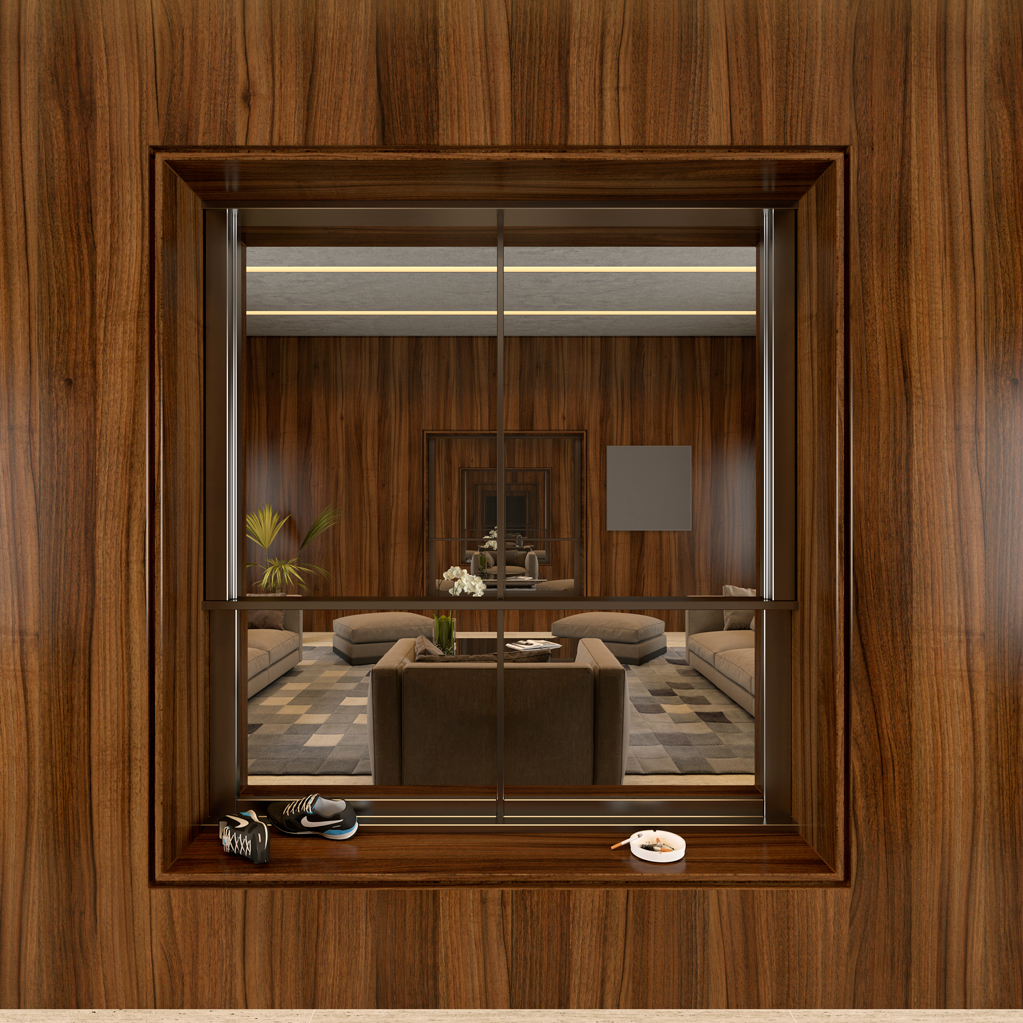
It is frightening to know that the companies of the smart city are now developing ridiculously small and cheap sensing devices powered by the electromagnetic wave of surrounding WiFi signals and communicating with their headquarters on 3G. Even if there are Smart TVs that have already been busted recording all our living room conversations, it is still unlikely that the appliances of the smart home have more potential for evil than the portable devices that centralize our sociability and have already become extension of our memories. Even as an undeniable instrument of surveillance, the smartphone still confers a feeling which is more comforting than threatening. With it, it is hard to be alone or to be lost as a map or a contact are always at hand. It possesses an affective presence which is particularly palpable when the battery runs out. The smart devices that are currently in use extend the mind in such a way that they have become a part of the body. The subject of contemporary metropolises can hardly be thought without her devices, and the contemporary city has to be understood as populated by smart bodies made of flesh and smartphones. In addition to this, the smart objects and the smart city originate from what the smart bodies are already performing together. It is this body who is able to bring the exterior inside the house and to bring that homey presence to the exterior. It is the smart body that allows the home to be partially autonomous from the materiality of what is still thought as domestic space. This extended model of subjectivity goes beyond the irreducible fleshiness of the modern subject. The devices, networks and platforms produce the materiality and the spatiality through which the contemporary subject comes to being. They cannot be seen as external to its constitution. They are the infrastructure within which bodies bathe and through which they develop. They structure contemporary subjectivity, and they provide are strange combination of comfort and control that isn’t dissimilar to the one of the bourgeois home.
It is important to insist that this detachment of the home from its architecture isn’t an apology for homelessness or the transfiguration of dispossession into nomadism. This frame of thought does not disregard the vital necessity of shelter. On the contrary, the ambition behind this conception of the smart home is to find means to produce architecture that remedies the urgency of the contemporary housing question, both conceptually and materially. It isn’t that the materiality of the house has been replaced by networks and devices, but that the typology of the house is being separated from the feeling of the home partly because of network and devices. One still needs a place to sleep, a place to cook, a place to be alone, a place to wash, a place to be comfortable, but it may not be owned, or designed for a family or a bachelor. Who and what to design it for? Access to this type of place is essential to feeling home and the challenge is to figure an architectural rationale in tune with contemporary hominess. The typology of the house may not be completely outdated but it drags with it a burdened history regarding ownership, permanence, labour and gender. Disentangling the home from the house is an attempt to retain the political, communal and collective concepts associated to the home while discharging it from some of its problematic elements. And by analogy, the ubiquitous presence of the new technology suggests that there is much to learn from the subjectivities that have historically existed in the home and the ones that have managed to construct themselves within and against the oppression of the norms. The home needs to be queered as a whole, as a set of social relations, a series of aesthetic codes, and as an architectural typology.

In the same way that the nuclear family, the home and the factory were the paradigmatic models of the modern city and its subject, the contemporary city needs the smart subject, the devices, the network and the platforms. Production is increasingly mediated and managed directly through them. Online profiles are becoming forms of identification that condition the access to certain production platforms to a greater extent than National identification systems. This is operative on many websites like Airbnb for instance, but there is also TaskRabbit who directly discriminates bodies that aren’t smart: one is asked to possess a smartphone in order to open an account on the platform and begin exchanging his/her labour power. There is also a strange parallel between the platforms of the (sharing) economy and the stock market as both places allow incorporated individuals to exchange shares depending on their reputations. Not to mention Ethereum, the latest project of extreme techno-liberals who wish to establish this form of management of life to virtually everything. The emergence of this form of administration coincides with the post-Fordist inclination towards human capital as the dominant form of capitalist accumulation. Indeed, the profile is a proof of identity that defines individuality less by its mere existence as a living person than by its activity in a variety of existential domains. By archiving habits, friendships, diets, professional or religious practices, the subject is directly associated to a portfolio of conducts specifically related to his or her own behaviour with the world. In this manner, the profile becomes a medium that monitors the investments made by a person in its own self, and therefore its value. Human capital is so intrinsically embedded in the subject and its history that labor power can only be rented out or invested in through education programs, lifestyle choices, reputations and social associations. In this sense, the profile is the currency of the (sharing) economy to which individuals have to comply in order to be intelligible on the market. This new form of identification and valuation is intrinsically linked to informatics, computation and networks. Capitalist exchange and governance has relied on the the description of things – including bodies and ideas – into administrable data, which today is computable data. By creating and compiling its profiles, the contemporary subject makes its own self, its possessions and its experience of the world amenable to informatics, and therefore subject to being managed in this manner. The difficulty to resist this system comes from the fact that withdrawal excludes from work, and thus, excludes from life. It is what regulates the access to work and thus the capacity to live. It is an apparatus for the administration of life itself, i.e biopolitics.
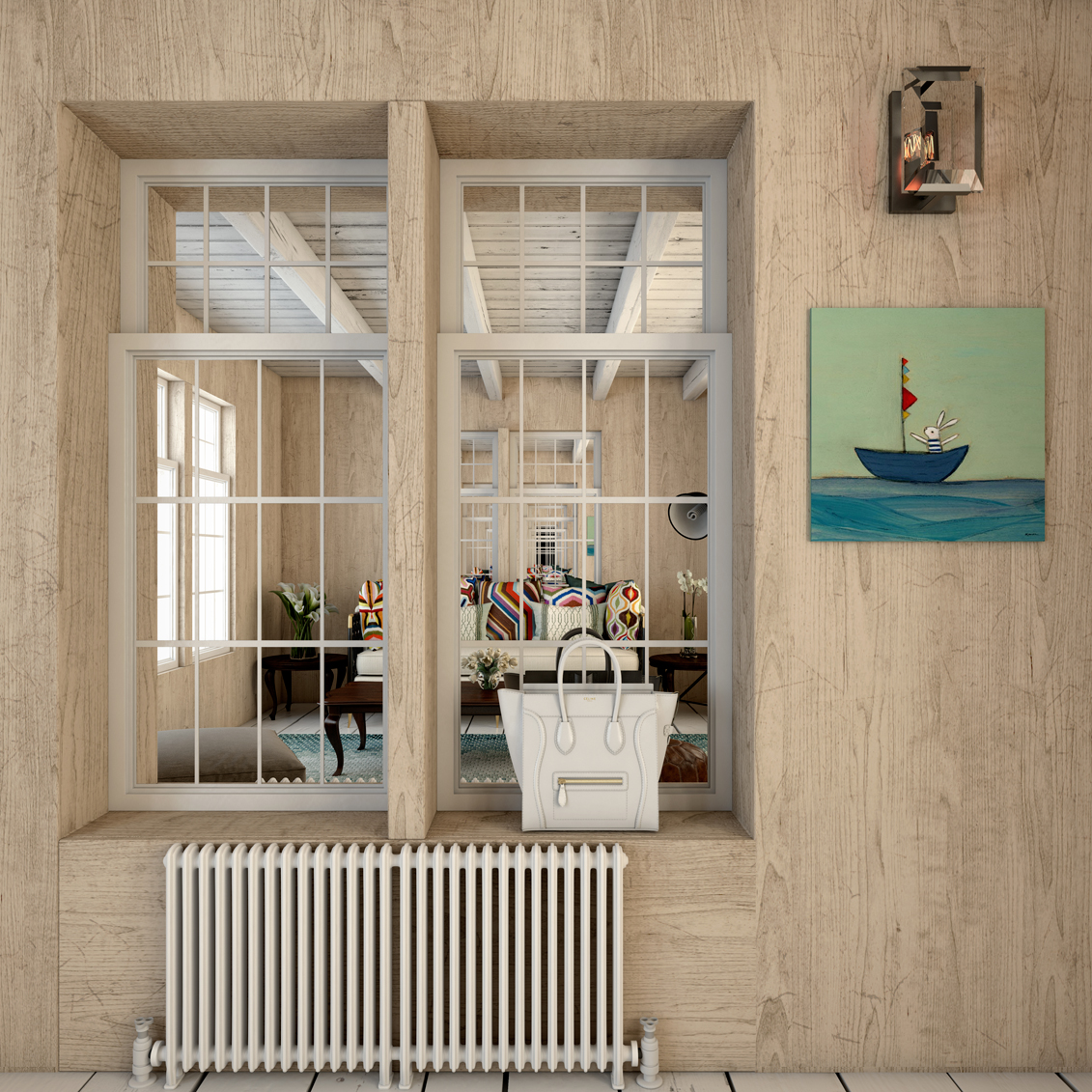
We are at a moment when production is less about manufacture than the referencing of everything that exists into a format that suits this administration paradigm. Contemporary production is a metaproduction that operates through the seizing of unused resources, assets and talents with informatics. Architecture wasn’t spared from this process, and understanding the primacy of the packaging of things into computable information is crucial to the understanding of the contemporary city and its subjects.
Google Maps and Airbnb are archetypal to the current making of the world into computable and cognizable data. They are both platforms that map, archive and reference things according to a set of criteria that are intelligible to both computers and subjects so that they can be managed, administered and potentially monetized, either directly or indirectly. On Airbnb, what is exchanged between users on the platform is the temporary access to spaces. In order to make its platform functional, Airbnb had to build a database of both users and spaces according to a set of computable indexes that made their exchange possible. The profile requirements of the users and the ‘Certified by Airbnb’ flanked over the pictures of homes are parts of the formatting process that is required by the platform economy. These standards allow for such things to be cognizable by humans, manageable by computers and networks and ultimately to make them comparable according to the abstract system of universal equivalence i.e. money. Adorno illustrates this necessary process through the invention of the phonograph and the record. Together, the phonograph and the record allowed the resistant immateriality and ephemerality of music to be transformed into a commodity that can be desired and exchanged as such. He doesn’t fail to insist on the instrumental role that advertising and “the private arty home” plays to crystallize these into habits, lifestyles and needs. Without them, the commodity doesn’t come to life. Transposing this example to architecture in the age of platforms, the immediate questions are: Are certain architectural forms more intelligible to computer than others? What are the criteria that make a space more fit to its indexation? How to measure the indexability of architecture by platforms? Could a spatial taxonomy be constructed from this measure? What makes a space resistant to that form of biopolitical management?
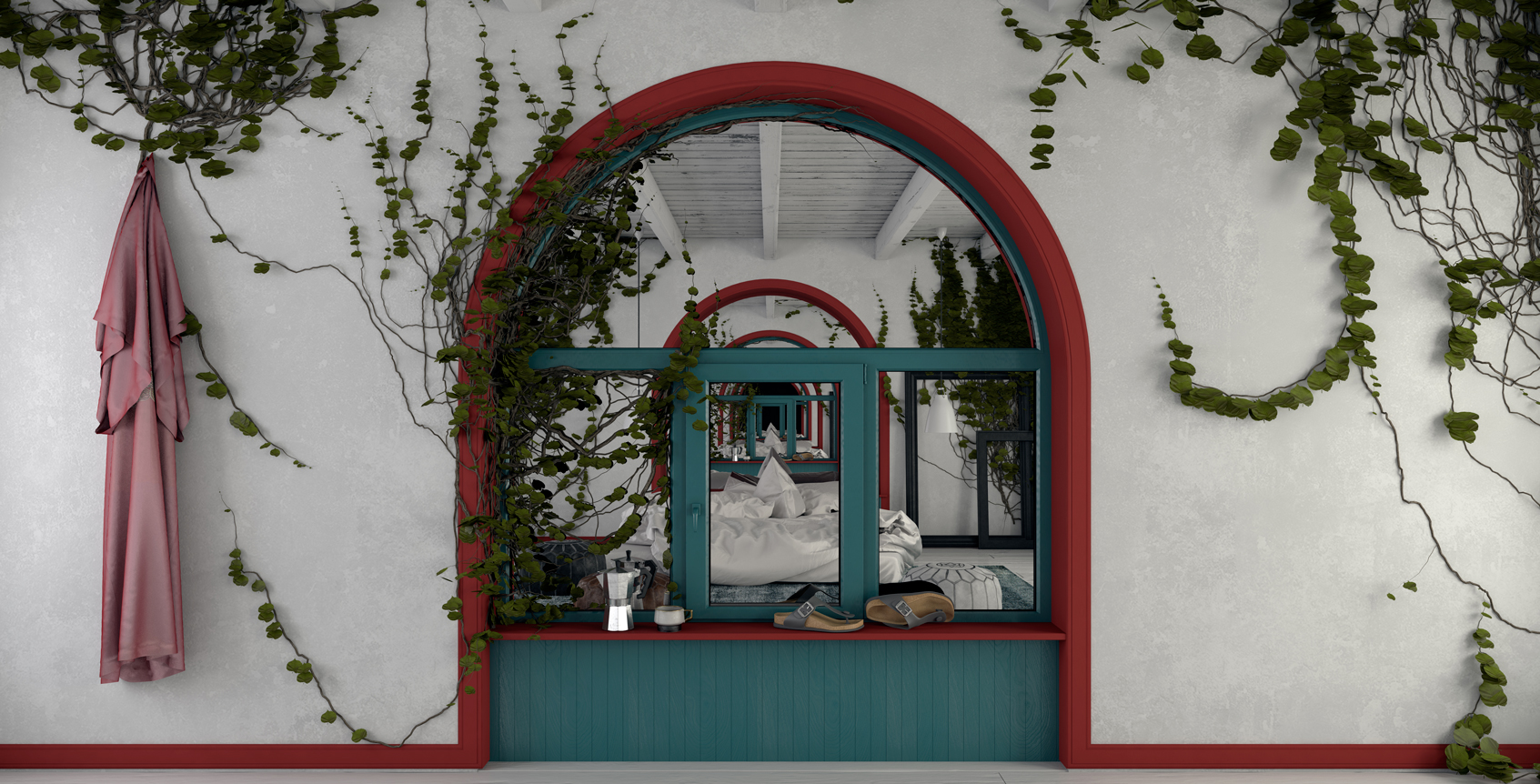
To approach these new architectural challenges, a starting point is to look at the reasons why the only spaces that have been widely incorporated by platforms until now are the street and the home. On the one hand, the street is a continuous, public and accessible space along which punctual and rather fixed events are located. Google Maps could index this data and render it usable in a relatively straightforward manner by drawing on existing mapping technologies and orientation practices. On the other hand, the typical Western home was ripe to be exploited by platforms for a variety of reasons. First, a home is clearly identifiable due to its long history and the distinctness of its codes, norms and aesthetics. Because the image and the feeling of the home is globally shared (at least amongst the groups using these platforms), the signifiers of the home can perform like a currency. On a more architectonic register, the typology of the house is also adequate to its exchange on platforms because it is a precisely delineated spatial unit which possesses a specific set of describable functions, and which access to is regulated by one single individual (or a limited group i.e. the family, the couple, the roommate). These architectonic and aesthetic attributes of houses have allowed them to be referenced and made exchangeable with minimal logistics on platforms like Airbnb for instance. When the phonograph required the construction of an appreciation of music as recordings before being turned into a commodity, the typology of the house/home already possessed a heterogeneous set of qualities (representability, accessibility, materiality, price, usage, security, … ) that made it suited to the platforms of contemporary societies of control and its subjects. Apart from the domestic typology, the analysis of space according to their capacity to be assimilated by platforms questions other spaces: Why does the open-plan office seem to be a resistant typology to platforms? Being the archetypal typology for the most neoliberal forms of lives where there are no separation between production and reproduction, is the white cube gallery the prototype of platform architecture? It is also worth wondering if the curvaceous and continuous objects and spaces of parametric architecture are actually suited to this evolution of neoliberalism. How to index a chair when it also morphs into a table and a shelf? How to reference out a room when it is separated from the lobby and the café with a glass panel or a tilted plane? Is it a sort of cryptographic design practice, or what would be one? The delineation of spaces and objects is essential for their indexation and their assimilation on platforms. Nonetheless, the parametricists may have touched upon something by focusing on the envelope: it is easier to index a building that distinctly stands out from the rest of the city fabric.
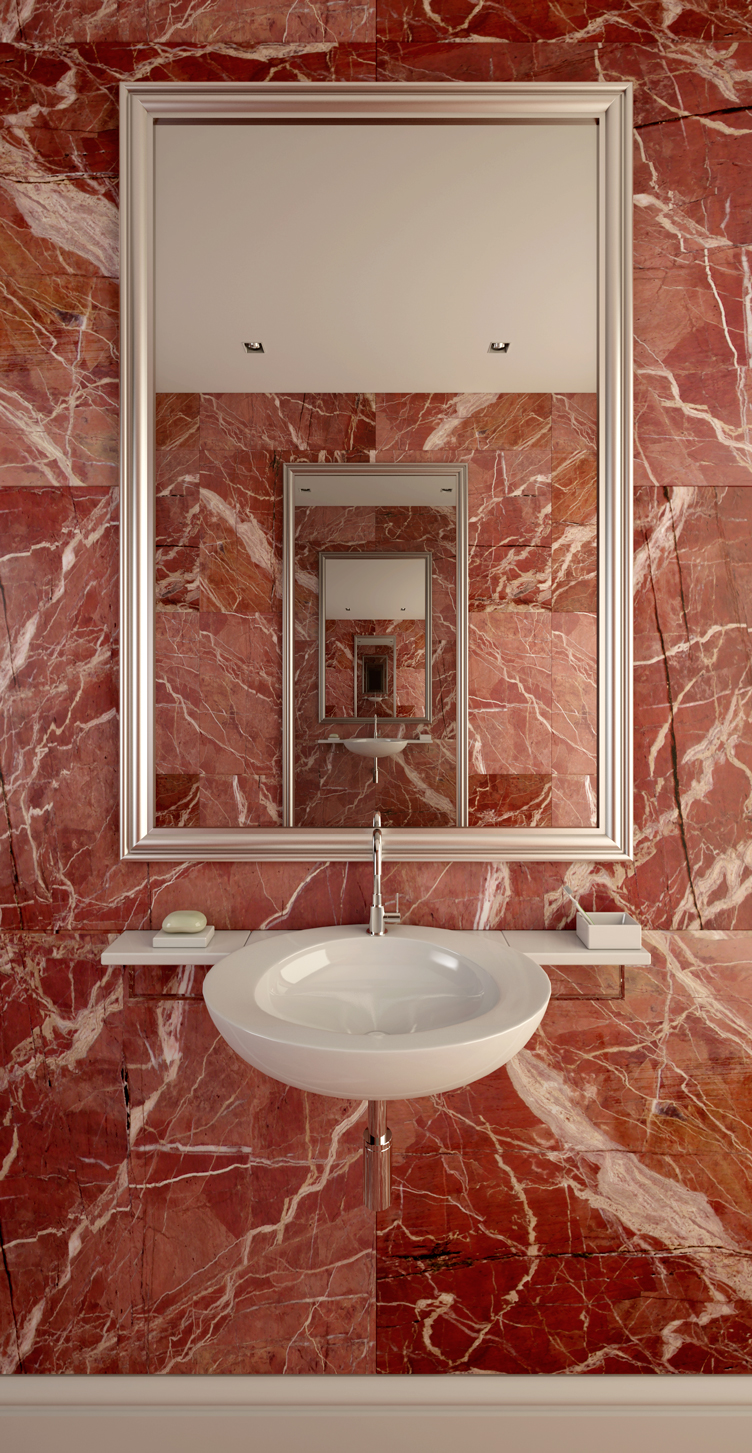
If these interrogations are only sketches for a possible angle of analysis of the contemporary city, they nonetheless challenge architecture to develop a model of the city that overcomes the current limitations of the modern triad of the house/home, the factory and the street that have structured the city both materially and as an abstraction. However, what is proposed here isn’t calling for the complete rejection of the previous models. The uneven and antagonistic nature of capitalism asks for models that represent the contemporary condition not only more productively but chiefly, more strategically. In the same way that the house/home was never a purely reproductive unit or a place for inevitable love, framing the separation between the house and the home through devices, networks and platforms isn’t a perfect representation of the contemporary city. Today, it seems urgent to produce an image of the city that integrates the ways in which power operates through the emergent material and affective infrastructures that manage bodies, objects, rooms, streets, sociality and capital.
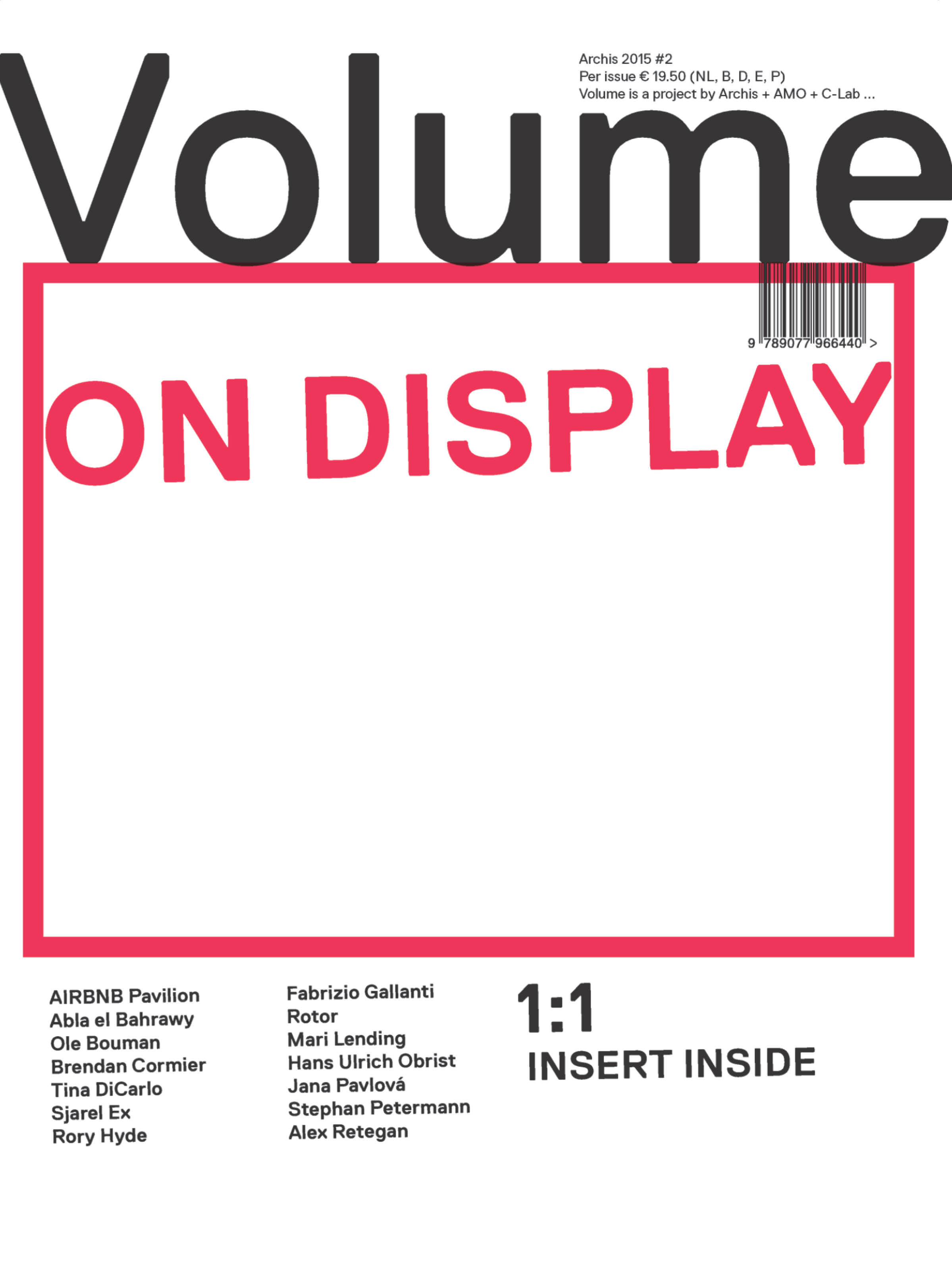 This article was published in Volume #44, ‘On Display’ with author credits as AIRBNB Pavilion. The collective formerly know as AIRBNB Pavilion had to change its name due to legal pressure. It is an independent project and is not affiliated in any way with Airbnb, Inc.
This article was published in Volume #44, ‘On Display’ with author credits as AIRBNB Pavilion. The collective formerly know as AIRBNB Pavilion had to change its name due to legal pressure. It is an independent project and is not affiliated in any way with Airbnb, Inc.